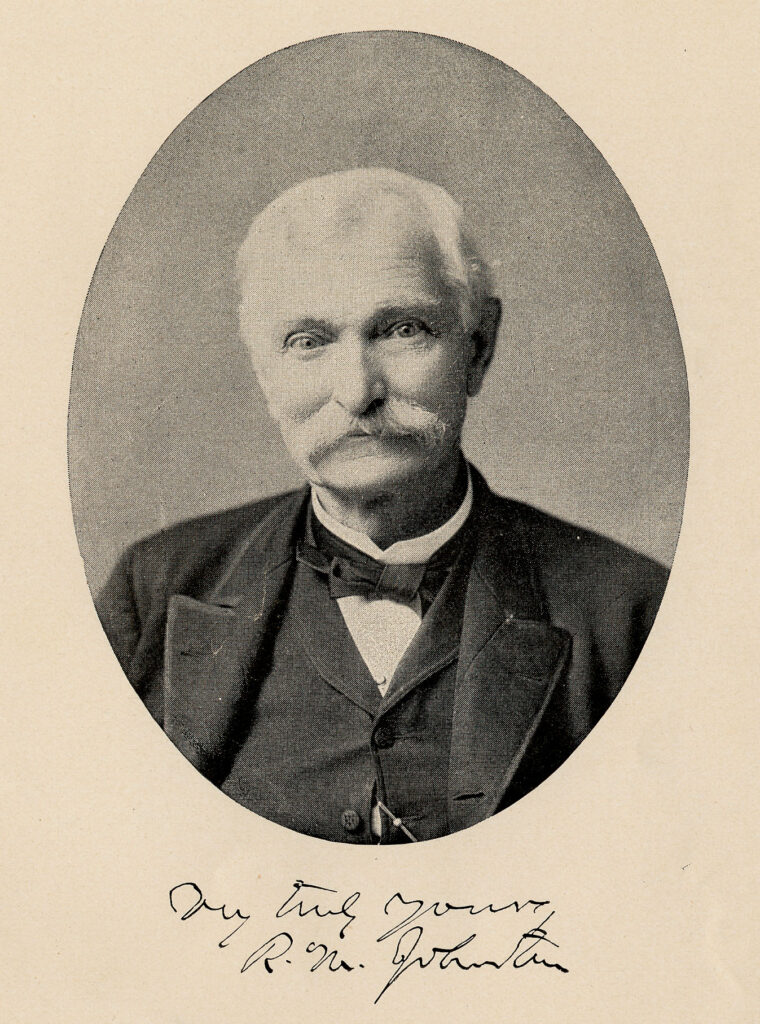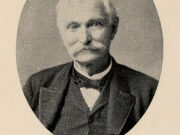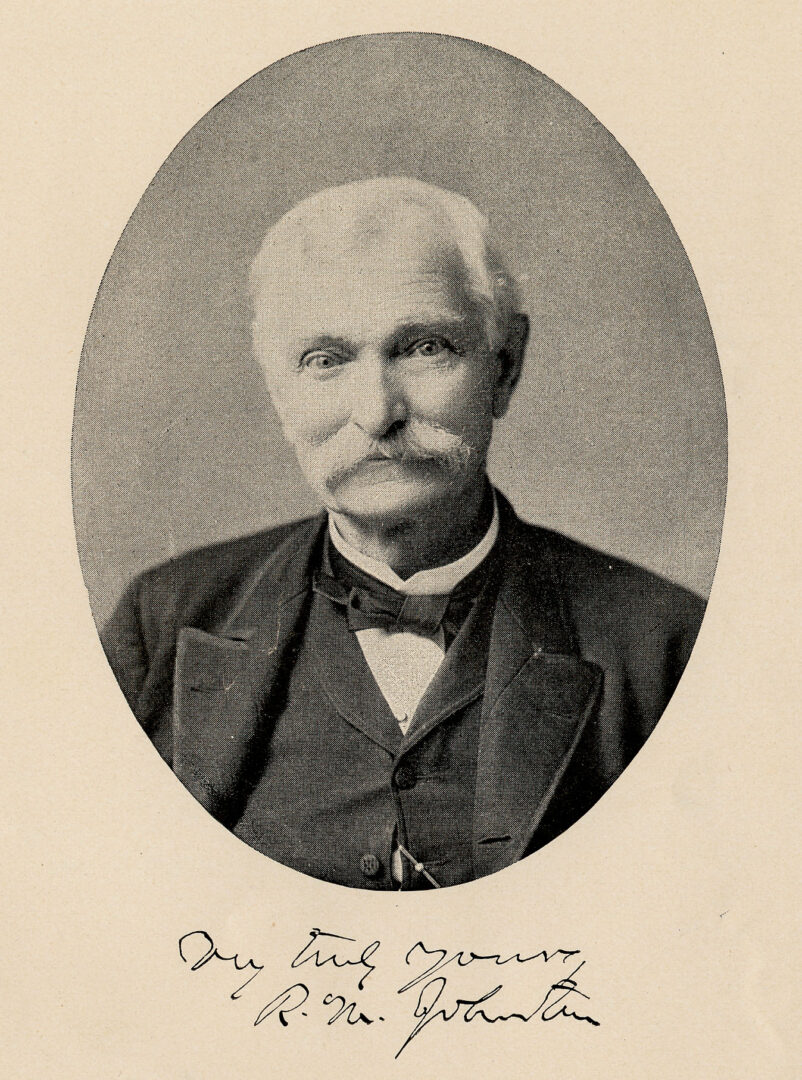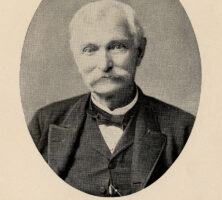Richard Malcolm Johnston was a lawyer, teacher, and dialect humorist from Hancock County.
A disciple of Augustus Baldwin Longstreet, he called his first book Georgia Sketches (1864) in honor of Longstreet’s Georgia Scenes (1835). In an enlarged form, this collection was renamed Dukesborough Tales (1871); the second edition of Dukesborough Tales, published in 1883, launched his national literary career.

Johnston’s writing has been called a bridge between antebellum humor and postbellum local color traditions. In his four novels and six other collections of stories, he never strayed far from the themes he explored in Dukesborough Tales, which included schooling, law, marriage, death, religion, paternalism, and the psychological conflict within rural families over such issues as land greed. His biographer, Bert Hitchcock, argued that the unchanging focus of his work was the life of the common people between the 1820s and 1840s. In an essay entitled “Middle Georgia Rural Life,” which appeared in Century Magazine in March 1892, Johnston defined the common people as those who owned between 200 and 1,000 acres and between one and fifty enslaved laborers.
Johnston was born on March 8, 1822, near Powelton, to Catherine Davenport and Malcolm Johnston, a planter and Baptist minister. The family also lived for a time in Crawfordville, the seat of present-day Taliaferro County. His formal education included field schools, the Powelton Academy, and Mercer University in Penfield, where he graduated in 1841. Before the Civil War (1861-65), he vacillated between law and teaching, an experience that provided material for his literary endeavors later in life. For sixteen years, beginning in 1841, Johnston was a law partner of Linton Stephens, Alexander Stephens’s younger half brother. When he was defeated for a circuit judgeship in 1857, Johnston accepted a University of Georgia professorship, which he held until 1862. Returning to his plantation in Hancock County, Johnston opened Rockby, a select boarding school for boys. From May to July 1864 he served on the staff of Georgia governor Joseph E. Brown. As the war drew to a close, he helped to hide Robert Toombs and assisted his efforts to escape from Union forces. Johnston moved to Baltimore, Maryland, after the war, where his friend Sidney Lanier encouraged his literary ambitions.
Johnston’s most famous story is “The Goosepond School,” the lead story in the 1871 edition of Dukesborough Tales. In it Johnston makes his case for humane and liberal education by describing the downfall of Israel Meadows, an unschooled and sadistic head of a plantation field school. The rest of the stories examine other aspects of life in Dukesborough, such as the workings of the superior court, the trials of a poor widow and her children, and the courtship of an old bachelor. Like Powelton, Dukesborough was a village that had grown gradually, without direction, and had suffered “the most absolute decay that I have known ever to befall any village.”
Johnston’s novels Old Mark Langston: A Tale of Duke’s Creek (1884), Ogeechee Cross-Firings (1889), and Widow Guthrie (1890) continue the paternalistic themes of Dukesborough Tales and sentimentally portray the Middle Georgia frontier before the Civil War as devoid of poverty and class conflict. Two other collections of tales are Mr. Absalom Billingslea and Other Georgia Folk (1888) and The Primes and Their Neighbors: Ten Tales of Middle Georgia (1891). Johnston’s Autobiography appeared in 1900. He remained in Baltimore until his death on September 23, 1898.






